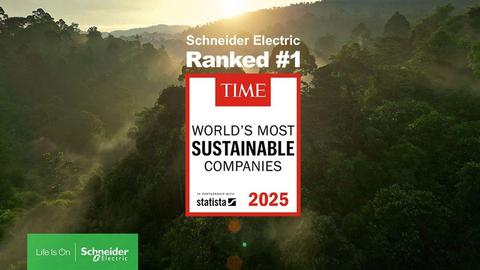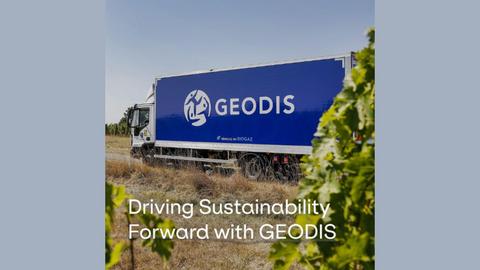Publications
FOCUS 74: The Future Of Mobility Sharing

Franck Vitte, Managing Director at BlueSG, discusses if electric vehicles are the answer to sustainability in urban
Some say that Electric Vehicles are actually not that eco-friendly as the batteries use rare earth elements and their disposal presents a threat to the environment. Is this true?
Our BlueSG cars are equipped with LMP® batteries using a specific technology made of Lithium Metal Polymer developed by the Bolloré group. It is a result of an ambitious R&D program that began more than 20 years ago. They contain no solvent - which makes the recycling easier and more efficient - allows us to recover a significant part of the lithium. Furthermore, the LMP® battery contains no rare earth elements such as cobalt and nickel, contrary to Li-Ion technology. This ensures a stable supply through natural resources.
The Singapore government has announced an ambitious plan to build 28,000 charging points by 2030. What are the challenges that you foresee?
BlueSG, through its successful EV carsharing program, has already built 1,500 charging points located in residential areas, the city center, shopping malls and points of interest. This represents nearly 90% of currently installed bases on the island, and we have acquired a breadth of experience in this domain. The main challenge is technical and in particular, related to the available power supply. Singapore enjoys a very robust electrical grid at the country level. Nevertheless, the EV charging points must be connected to a local distribution box. Specifically, in HDB areas where more than 80% of the Singapore population lives, it is regulatory to connect to the carpark switch room which usually has just enough power available for lights, lifts and barriers. As a result, more than 50% of the sites we initially selected were rejected for lack of available power. Therefore, in order to increase significantly the EV charging points in the country, there is a need to upgrade these power distribution boxes which is a very costly exercise.
The second challenge is to choose the right location, making sure these charging points are located where there is a need, and that they are evenly spread across the territory. For this purpose, we developed an artificial intelligence tool which aggregates several data such as socio-demographics, density of population, usage of public transport, and proximity to points of interest. The algorithm compares this data with the actual usage and determines the best location to install the charging points.
Is car-sharing, or even the sharing of motorbikes or bicycles, the next stage in the evolution of mobility? Are electric vehicles the solution for mobility’s sustainability problem?
Shared mobility is indeed becoming growingly popular. As an illustration, BlueSG’s activity increased by 200% in one year. The population, and in particular the millennials, are questioning the rationale of spending a large part of their revenue for the ownership of a private car which is at most used a few hours a day. BlueSG is contributing to a sustainable transport mode in two ways.
The use of EV obviously reduces the pollution especially at the street level, where petrol cars emit micro particles harmful for the health. But mostly, the availability of alternate modes of transport such as shared mobility gives the possibility to people to use public transport most of the time, which is by large the most sustainable and affordable option. And whenever public transport is not convenient, shared mobility such as BlueSG will fit the need.

Interview with Franck Vitte, Managing Director at BlueSG, for FOCUS #74. To read more articles from this issue, download your digital copy here


